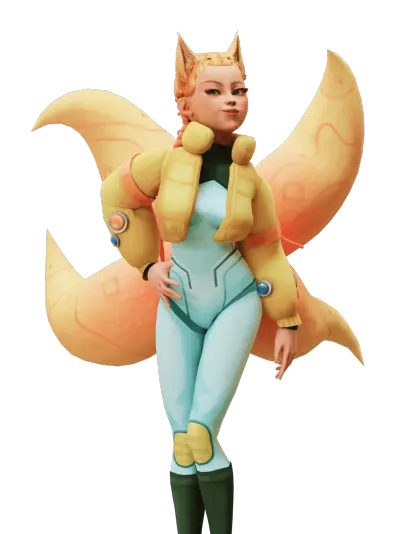What is Noises (Perlin, Alligator, Sparse Convolution)?
Noise is a random variation in the signal that can create “texture” and visual interest in your 3D models. There are many different types of noise, each with its own unique properties. We’ll take a look at three of the most popular types of noise used in 3D visualization: Perlin noise, Alligator noise, and Sparse Convolution noise.
Perlin noise is named after its inventor, Ken Perlin. It’s a type of gradient noise, which means that it has smooth transitions between values. This makes it ideal for creating textures like wood grain or marble. Perlin noise also has a “turbulent” quality, meaning that it looks like it’s constantly in motion. This makes it great for creating flowing effects like water or smoke.
Alligator noise is a type of fractal noise. Fractal noise is made up of repeating patterns that become more complex the closer you look at them. This makes it ideal for creating organic shapes and surfaces. Alligator noise in particular is known for its “crinkly” texture, which makes it perfect for creating things like tree bark or crumpled paper.
Sparse Convolution noise is a newer type of noise that’s gaining popularity in the world of 3D visualization. It’s similar to Perlin noise, but with a few important differences. First, it doesn’t have the same “turbulent” quality. This makes it better suited for creating things like metal surfaces or glass. Second, it has a more “granular” texture, which can be useful for creating things like sand or gravel.



